My Teenage Mosley TA-33-JR-N WARC
My Mosley TA-33-JR-N WARC Multiband HF Yagi is going to be 14 years old next month. I’ve never had a single problem with this antenna. It has been installed on my roof tower since May 2004. I’ve worked the world with this “Junior” antenna!
Back in October 2016 I began seeing high SWR numbers and decided to go up on the roof and take a look. Here’s what I found:
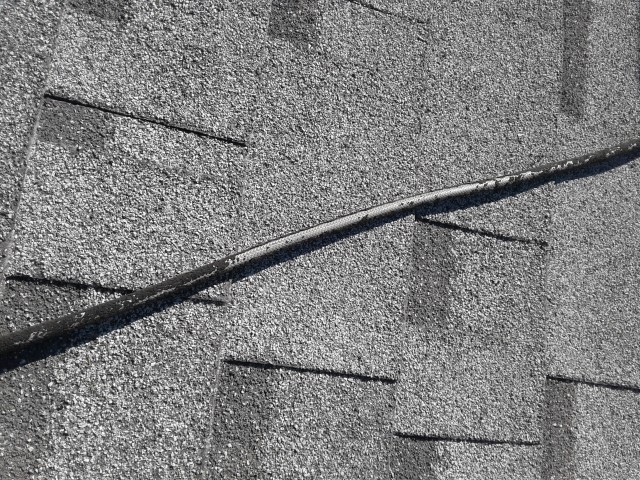
OK, before you say it, yes, this is Times Microwave (the genuine article). The outer jacket had disintegrated in the sun. I noticed the increased SWR after it had rained one day. Further, it had seemed to improve after a few days, and I reasoned this was because something had dried out.
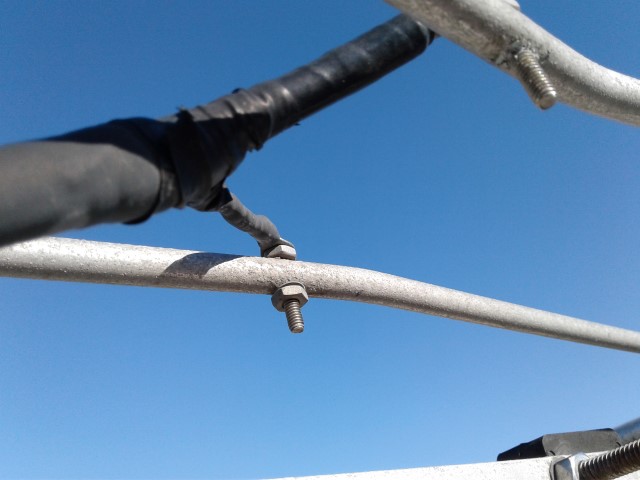
I was concerned these bolts might not come out very easily. However, with some gentle taps they came right out. Some evidence of corrosion can be seen. When I installed this antenna in 2004, at the suggestion of one of my elmer’s at the time, I sprayed the elements and boom with Krylon ‘clear coat’ to help prevent corrosion. I think it was a sound decision, since the antenna still looks great overall considering its age.
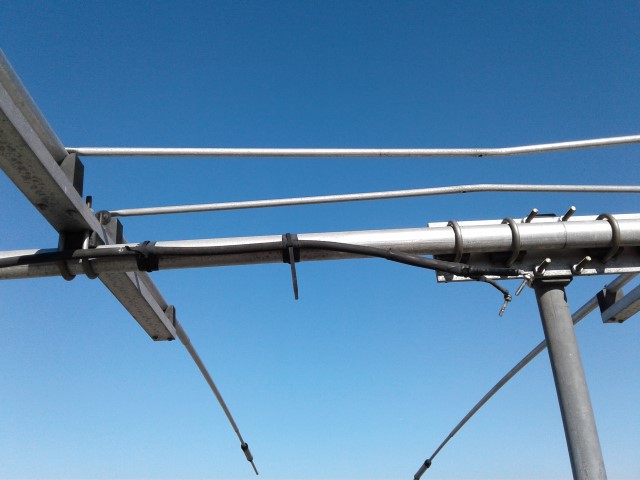
Mosley TA-33-JR-N WARC – Coax Balun
At the suggestion of the fine folks at Mosley, I added a 6 inch (inside diameter) loop consisting of FIVE turns of the new LMR-400 Ultra Flex coax.

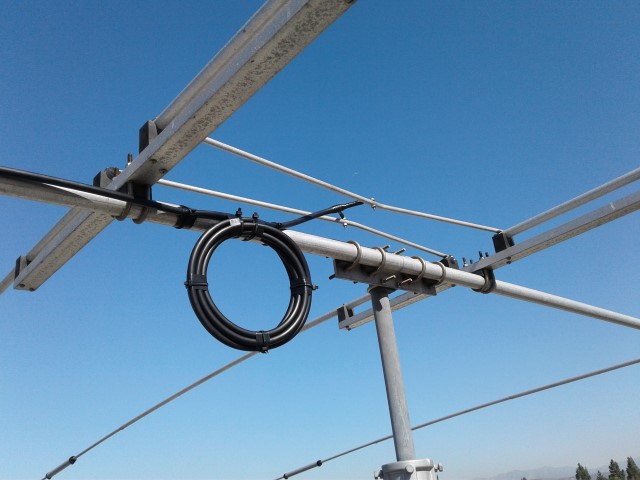
From the Mosley website:
COAX AND FEED SYSTEMS
Feed Systems – The Simpler, The Better…
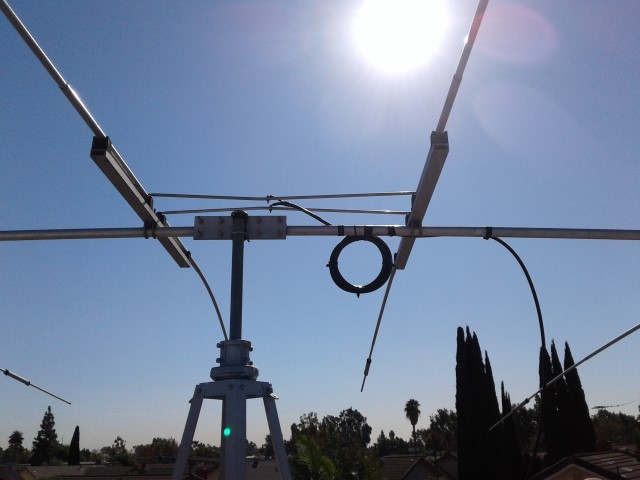
The end result was well worth the bit of effort it took to add the coax balun. The antenna exhibits excellent SWR. The Mosley TA-33-JR-N WARC will be my main HF antenna for the foreseeable future, and certainly, for as long as I live at this QTH.